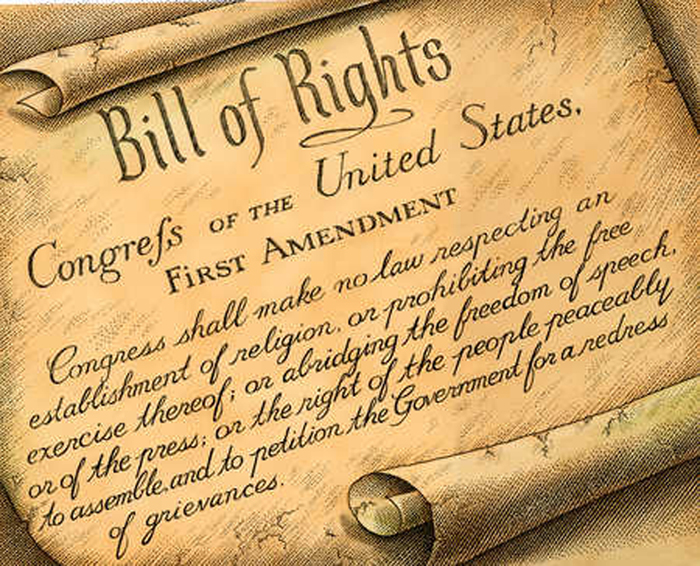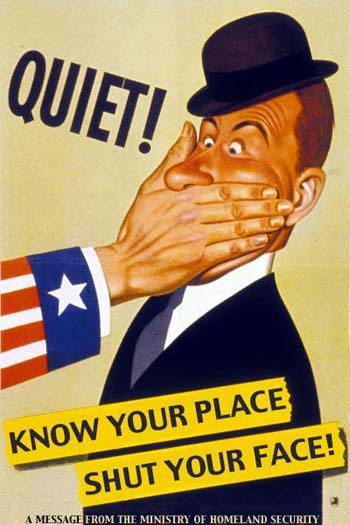News value stems from how much prominence individuals give to a chosen media outlet. For most consumers of the news, value is obtained from independence and accuracy. If a news outlet is reporting something that is false, they have lost the trust of their audience. For the consumer, that value is lost and the news outlet will no longer gain that consumer. In independence, most individuals wish for their news outlet to not be biased in their reporting.
However, with the growing amount of information on the internet and from various news sources, it has become difficult to determine what is accurate and what we deem is valuable news. If we believe a certain ideology, we can search out opinions and articles that tell us what we want to hear. If we believe President Obama was not born in the United States, a simple Google search allows for us to find information that tells us so to reaffirm our own beliefs. In doing so, one has given value to a particular news source or a set of information, regardless of whether it is true or not.
Is news on the divorce between two celebrities valuable news, or is it just entertainment? Is that valuable to a society? Do individuals value it?
News value is in found when it enriches our greater understanding of the world and the issues we are facing. Whether it be a report on a new art exhibit or about the upcoming 2012 Election, it provides value to our society both culturally and as citizens.
Our news gives us information, observations on our world culture, and information on issues that we didn’t now about before. How people view their news gives it value. If we think that the BBC has in the past provided us with good news, that we deem is accurate, then we are going to give value to it for when we are looking for news.
In short: the value we give to our various news outlets is in how highly we rank a news outlet for reliability in our every day lives.










